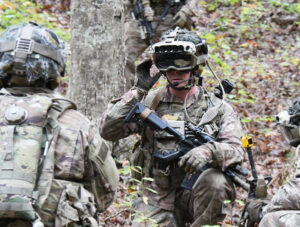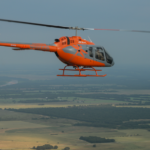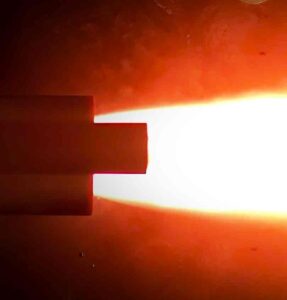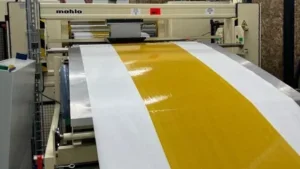
Early analysis of data collected from the operational test of the Army’s new Integrated Visual Augmentation System (IVAS) headset is showing “positive signs” of improvements with the capability, according to the service’s top acquisition official. Doug Bush, assistant secretary of the Army for acquisition, logistics and technology, told Defense Daily on Monday that officials are now conducting full data analysis following the conclusion of initial operational test and evaluation (IOT&E) for IVAS, which senior leaders have called a critical period…

 By
By 











